Is Cat a Good Pet? 🤔

Is a Cat a Good Pet? ![]()
Cats, with their mysterious allure and independent nature, have been a source of fascination for humans for thousands of years. But does that make them a good pet? Let’s find out!
Why Cats are Rad 🌟
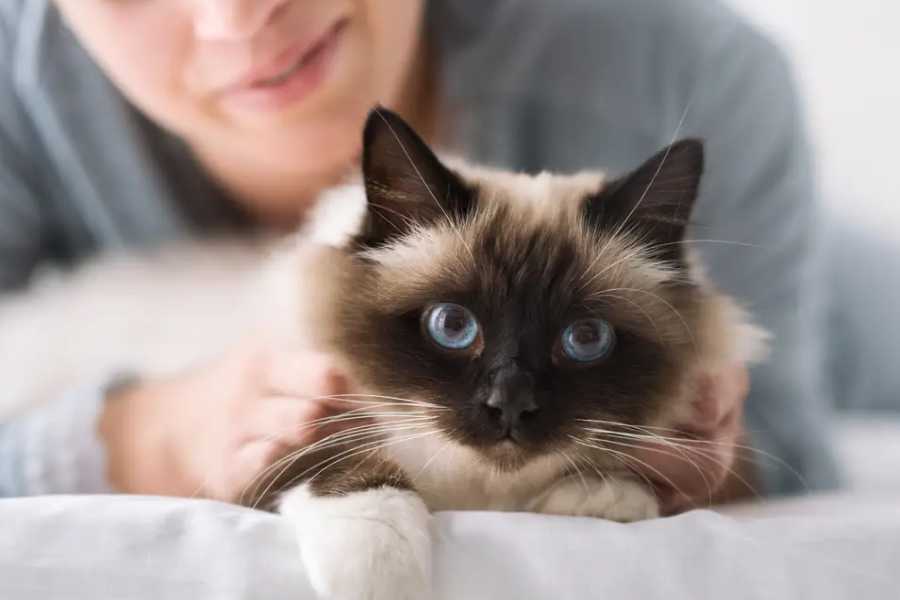
Cats are rad because they make excellent pets, which is unsurprising since they generally don’t need us. They are independent, low-maintenance, and can provide great companionship. Cats are also known for their ability to keep pests like rodents at bay. However, their independent nature can sometimes be a double-edged sword. They will sit there and let you pet them so nicely until they’ve had enough, at which point, without warning, they may bite or claw.
For this reason, it’s essential to understand the personality of the exact cat you’re considering. A friendly rescue cat can often be a great choice, as their personality is usually well-known to the shelter staff. Cats can be as introverted as some of us, enjoying a little interaction and then going their separate ways. Of course, this doesn’t apply to all cats. Some are super needy, and others won’t hang out at all. ![]()
If you have a female cat that isn’t spayed, then every so often, you’re going to get some interaction from your cat that might make the relationship awkward from that time on. If you’re interested in learning more about the behavior of cats in heat, check out our article what does cat do when in heat.
Care for Cats 🐾
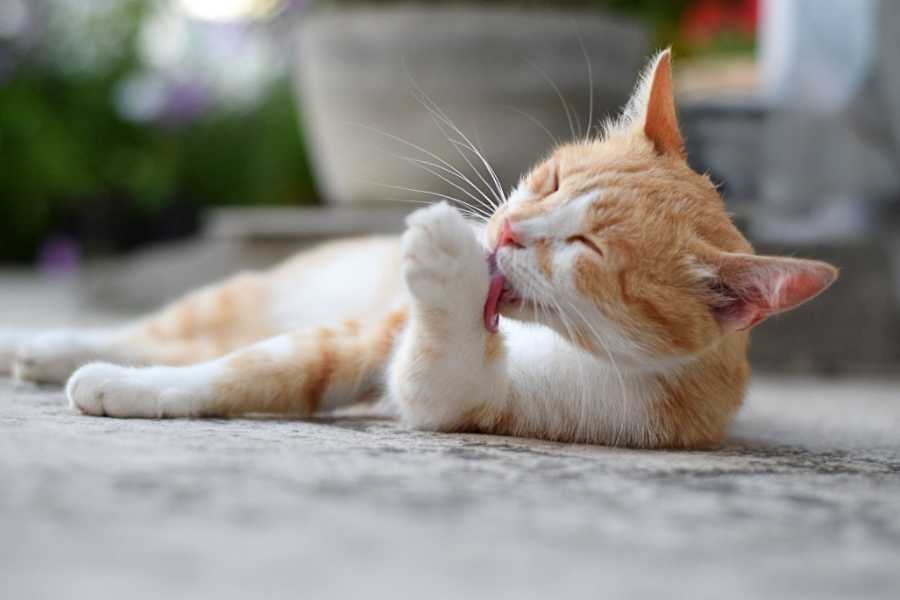
When it comes to care, cats really shine. They don’t need people. Modern house cats are extremely similar to their wild ancestors. In fact, selective breeding for specific breeds is a fairly recent practice. For the most part, cats, a bit like raccoons, opossums, or pigeons, simply found a lot of benefits to living in close proximity to humans.
People didn’t try to contain and domesticate cats; they rather did it to themselves as they became adapted to life around people. They even make sounds that mimic the frequencies used by human infants to solicit food and other things from us. But if you don’t give a cat what it wants, in most cases throughout history, it would simply find it elsewhere. They don’t need us, but if you want to give me some food and clean up my pooping box, that’d be great. If not, I might go looking for someone that will. ![]()
This is simultaneously their best and worst feature. If you keep a cat indoors, then what this means is that if you leave out some food, water, and a pooping box, your cat will do great. In fact, it will probably do just fine for as long as the food and water last.
But if you don’t keep your cat indoors, then what it means is that you have introduced an invasive super predator into your local environment. Cats are largely responsible for driving more than 60 species of mammals, birds, and other reptiles to extinction. In the United States alone, cats kill over 2 billion birds and 12 billion mammals each year. They also kill billions of reptiles.
If you keep them indoors, they’re delightful and incredibly self-sufficient. Unlike almost every other endotherm, food, water, a litter box, some toys, you’re done. It isn’t rocket surgery to keep an animal that doesn’t need you. If you forget food or water, the cat will remind you. If you forget to clean the litter box, the litter box will remind you. If you ignore the reminder, your guests will remind you. If you no longer have guests and you have a cat, the litter box might be a good place to start looking for a reason.
The biggest problems are that most breeds shed, which means there will be fur all over your house, and they may scratch up your things. So do your best to keep them mentally stimulated and provide acceptable objects for them to destroy so they don’t take out their destructive needs on things you would rather not see shredded. ![]()
For more tips on how to deal with cat shedding, check out our article how to deal with cat shedding 5 ways to stop your cat from shredding.
Hardiness of Cats 🏋️♀️
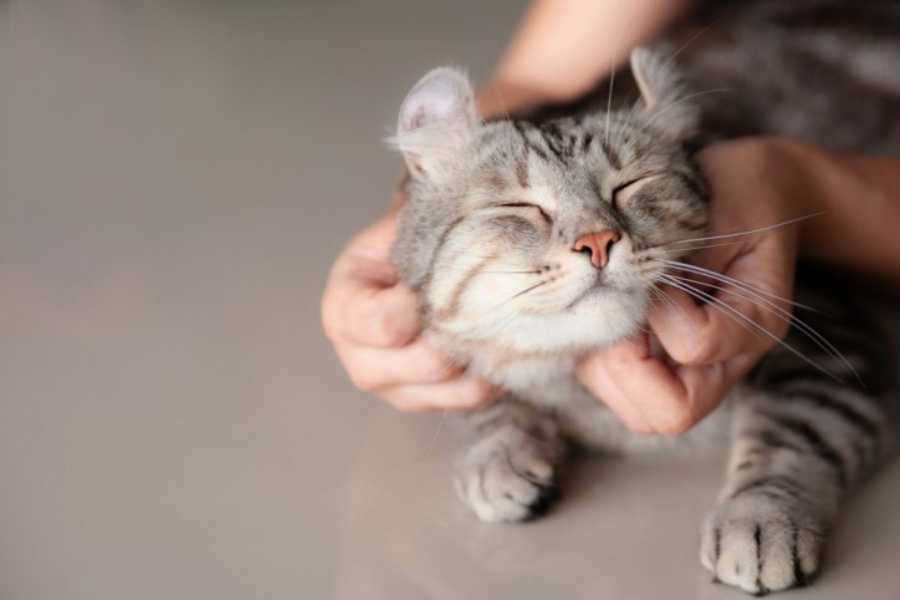
Indoors, these are amazingly hardy. Again, they just need you to run the can opener and turn on the tap. Outdoors, hardiness goes way down. Coyotes, foxes, birds of prey, dogs, other cats, poison, and cars can all dramatically shorten the life expectancy of your cat. Not to mention that your cat is shortening the life expectancy of basically everything smaller than it is in your general area.
Availability of Cats 🛍️
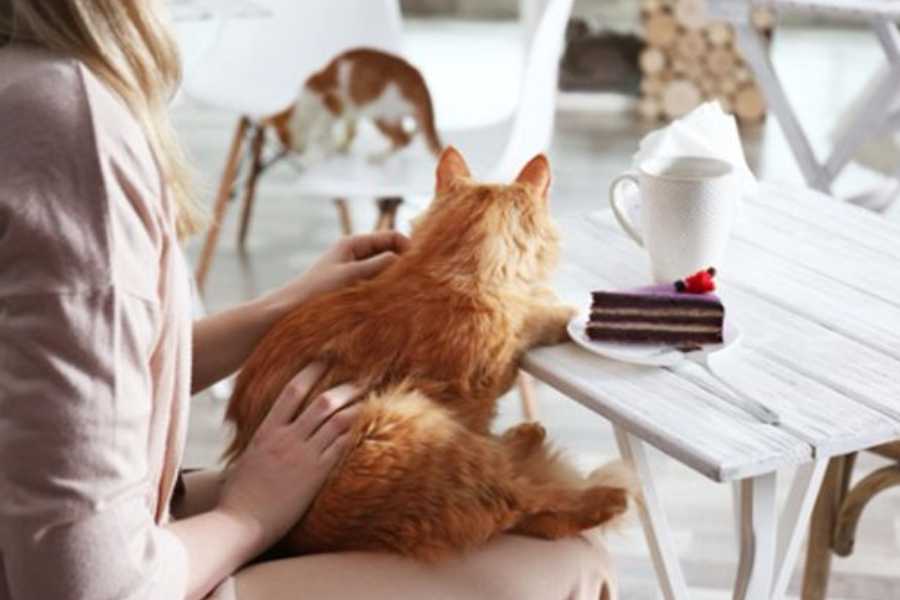
Some people buy cats. If you want to buy a cat, they are available almost everywhere that sells pets. A spayed or neutered cat from a shelter with a personality you can test drive seems like the best place. And that is if you want to buy a cat.
For a lot of the people that I know that have cats, the cat just kinda happened. This is the game that cats have been playing for millennia. “Oh, hello, person. I’ve been killing things all day.
But if I look at you cute enough and simulate a human infant well enough, how about you give me everything I want? In exchange, I will give you things that I kill, and I will let you pet me until I don’t.”
Upfront Costs 💰

Now, it is totally possible to spend thousands of dollars on a cat if you want an incredible Bengal like the one in the video. But if you just want a cat, they can be acquired for free or very nearly free.
An initial checkup and a spay or neuter will cost a bit, but that might save you some memorable experiences or smells down the road. Food bowl, a water bowl, litter box, some toys, then it’s just a matter of what it scratches to pieces and if it sends you to the hospital or not.
The Dark Side of Cats: The Killer Instinct 😼
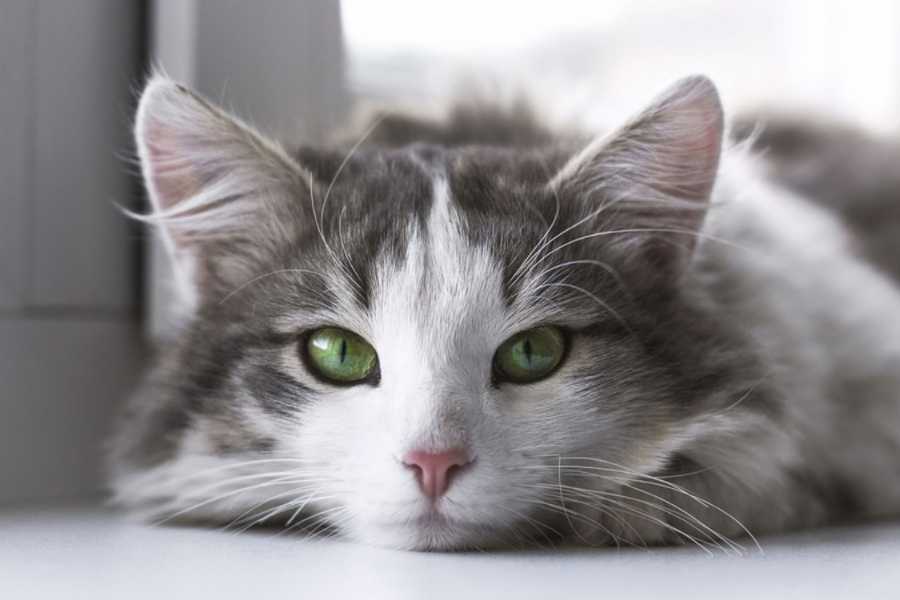
While cats are undeniably adorable, beneath their wide-eyed, cuddly veneer lies the blackened heart of a cold, calculated killer. Every year in the United States, cats kill literally billions of birds and small mammals. They’re only acting according to instinct, but they have been listed as one of the 100 worst invasive species on the planet. Free-ranging cats on islands have been blamed for the global extinction of 33 different species. ![]()
Despite their insatiable bloodlust, cats and dogs are by far the most popular pets in the world. A recent survey by the American Pet Products Association estimates that there are a staggering 94 million pet cats and 89 million pet dogs in the US alone.
That’s over half of the human population! That is an insane amount of killers living among us. But they’re so cuddly and lovable. Could there perhaps be a connection here? Is there something about vicious killers that makes them good pets?
The Playfulness of Cats: A Survival Tool 🎾
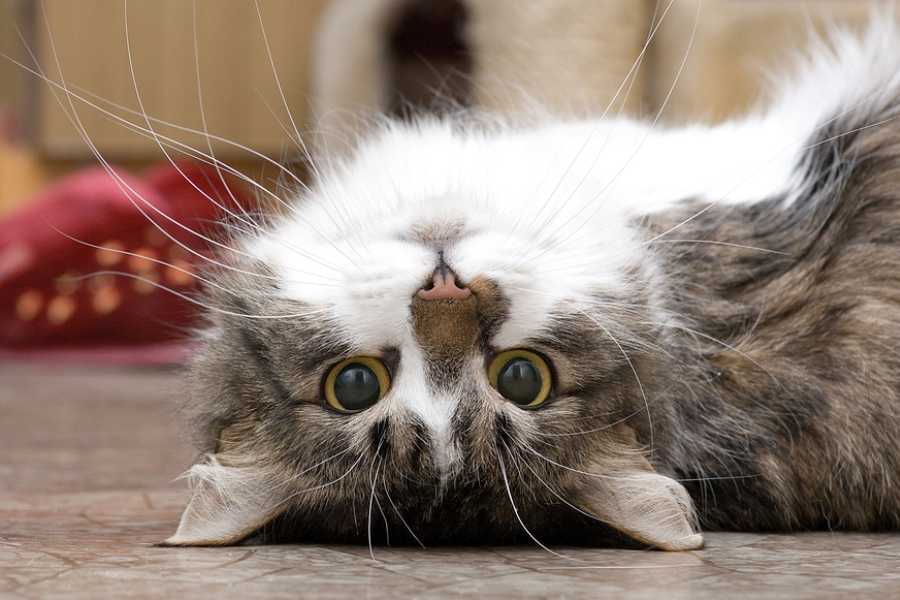
One of the first things you’ll notice about cats is their playfulness. If you want to get a cat to play, you have to simulate the experience of hunting as if the toy itself was a living creature that the cat can patiently stalk, waiting for just the right moment to attack.
This behavior is a survival tool. Cats are obligate carnivores; they need nutrients found in animal flesh to survive. Hunting is necessary for cats in the wild, and the instinct to hunt hasn’t gone away despite centuries of domestication.
It’s been theorized that play is a way for adult cats to satisfy their urge to hunt and for kittens to develop their paw-eye coordination, strengthen their muscles, and practice their pouncing skills, which also happens to be very entertaining for their human counterparts. So, the fact that playtime for cats is essentially murder practice seems to support the hypothesis that vicious animals make good pets.
The Cuddliness of Cats: A Social Bonding Tool 🤗
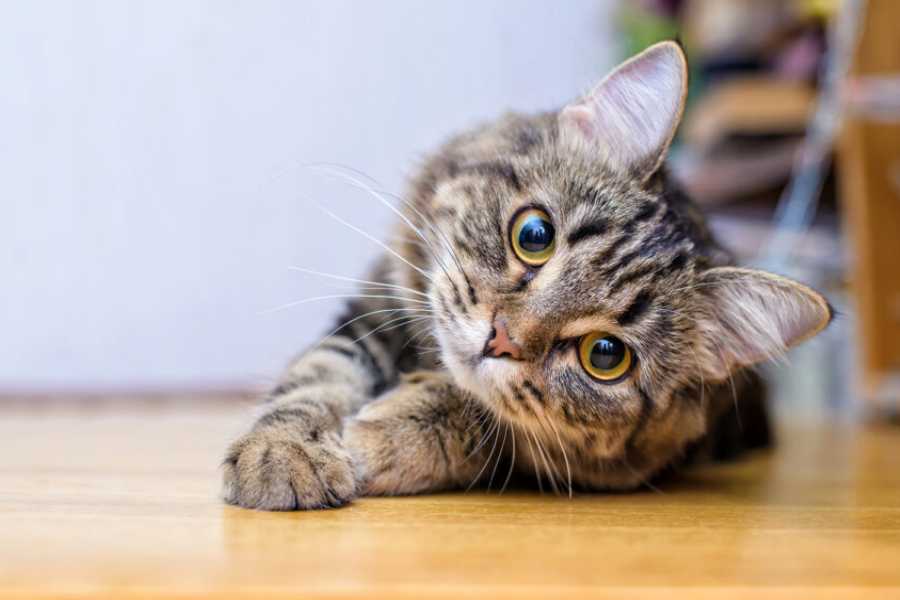
Cuddliness is another important survival tool for cats. Until a kitten is three weeks old, they’re unable to regulate their body temperature, so they curl up with their mom and siblings for warmth and safety. If a kitten is properly socialized and exposed to humans at a young age, they will see us as potential snuggling partners as well.
Other observable snuggly behavior like rubbing up against your leg and that head-butting thing is basically your cat’s way of marking you with its scent. This is called “allo-rubbing.” By combining its scent with yours, your cat is basically acknowledging that you are part of its social group and reinforcing the group identity.
The Social Nature of Cats: A Hunting Tool 🦁

An old misconception about cats is that they are aloof loners that have been forced into cohabitation. But that’s not true. Cats are actually very social. Feral cats will naturally form tight colonies, and female cats in the colony will often work together, helping to raise and nurse each other’s young.
Cooperative hunting in the animal kingdom is actually quite rare and only occurs when the benefits of hunting in a group outweigh the benefits of hunting alone. Wolves, lions, wild dogs, humans, and even dolphins are cooperative hunters. Their success at hunting would not be possible without their advanced social skills and the close bond they share with other members of their group.
The History of Cats and Dogs as Pets 🐾
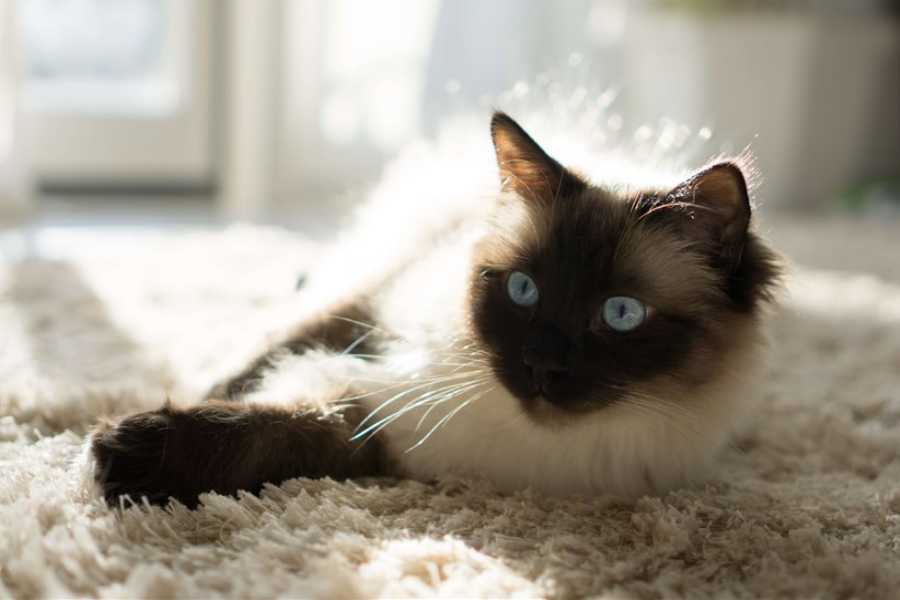
It’s hard to pin down exactly when humans began domesticating dogs, but DNA evidence suggests that it may have started as early as 40,000 years ago, long before the invention of writing and the end of the last ice age. One theory is that some packs of wolves began following around human hunting parties. The wolves that were more comfortable around humans found a convenient food supply in the remains of carcasses left behind by the hunters. Over time, some of these wolves could have begun participating in hunts alongside humans, helping them to take down prey and eventually becoming permanent hunting partners. ![]()
Cats, on the other hand, were possibly first tamed by the Natufians, who lived in the eastern Mediterranean around 10,000 years ago. The Natufians lived in a mostly sedentary society, unlike their nomadic peers, and are widely regarded as the inventors of agriculture. As the first agrarian society, it would also have been the first to contend with the enemies of agriculture, and grain in particular: mice.
The wild ancestors of house cats probably moved into early farm settlements to prey on the large mouse and rat populations. Ancient humans likely saw in cats an effective pest control system that also provided snuggles on occasion.
So, dogs and cats are more than just pets. They are a huge part of the evolutionary history of our species. They helped us grow from nomadic hunter-gatherers to permanent settlers of agrarian society. And none of this would have been possible without their mastery of murder. Their cuteness and cuddliness probably helped too. Who’s a cuddly murderer? You’re a cuddly murderer, yes you are!
Conclusion 🎯

In conclusion, certain traits that make dogs and cats desirable pets do seem to originate from their predatory nature. However, it’s not enough for a causal link.
The history of cats and dogs as pets shows that their predatory nature played a significant role in their domestication. They were not just chosen for their cuteness or cuddliness, but for their hunting skills and their ability to adapt to human society.
So, if you’re considering getting a cat as a pet, remember that beneath their cute and cuddly exterior lies a natural-born killer. But don’t let that scare you away. After all, who’s a cuddly murderer? You’re a cuddly murderer, yes you are! ![]()
Tags
Share
Table Of Contents
Related Posts
Quick Links

